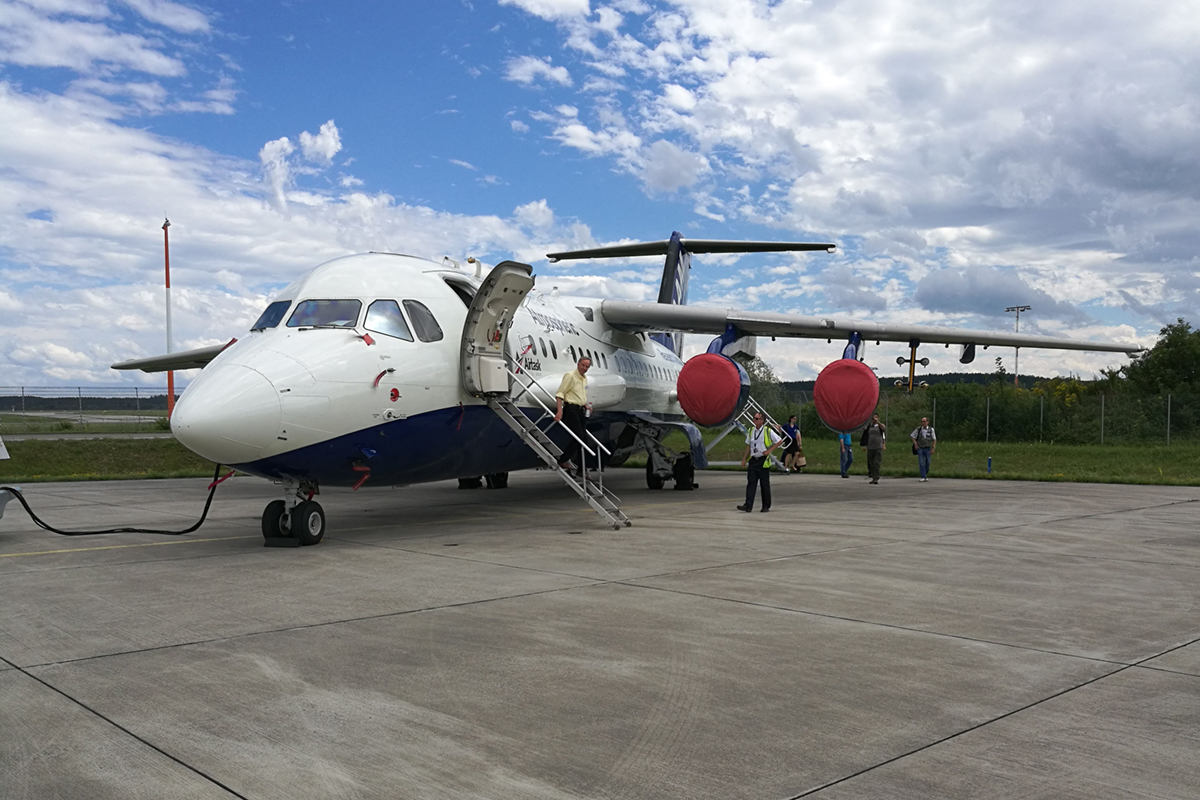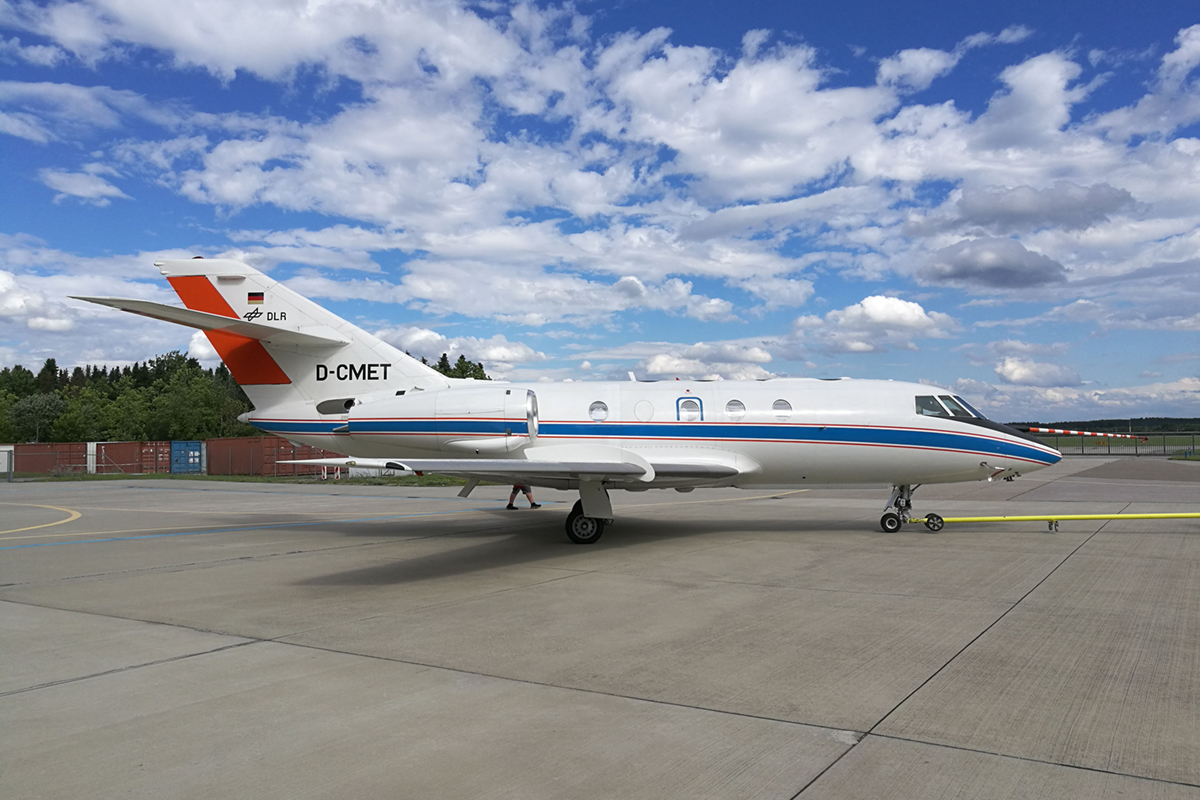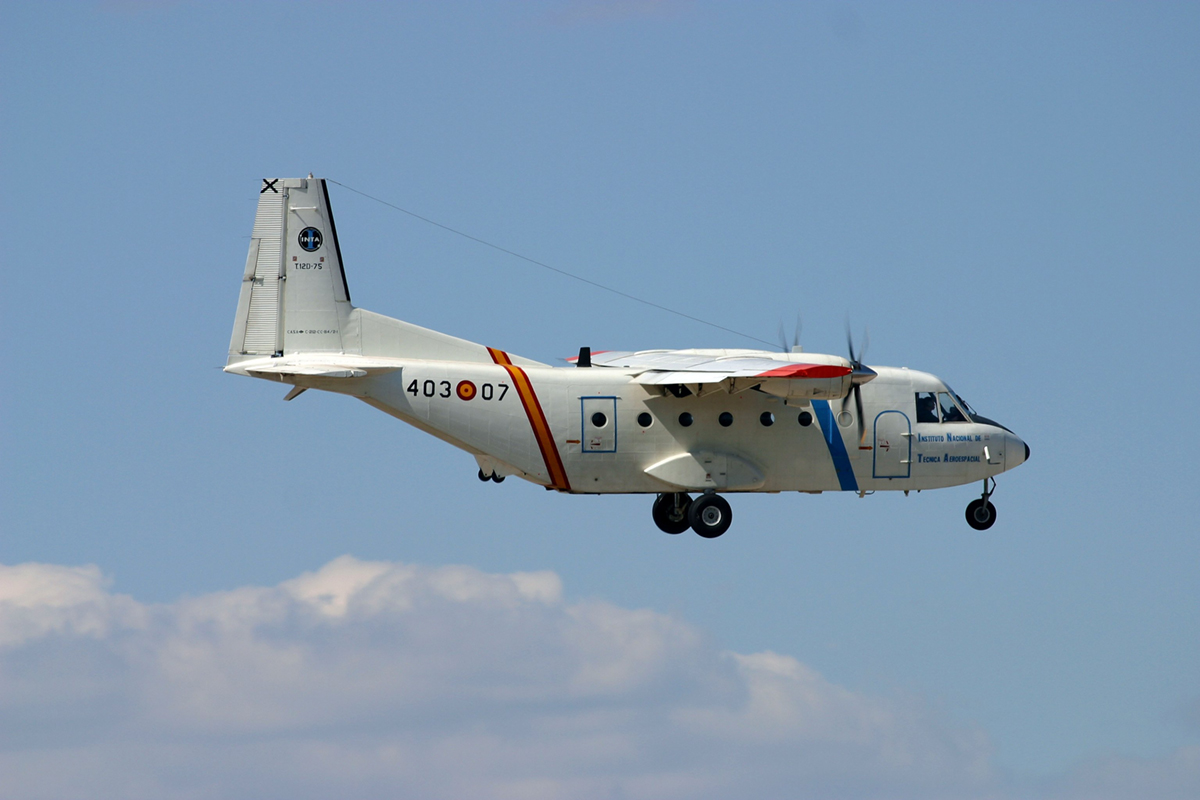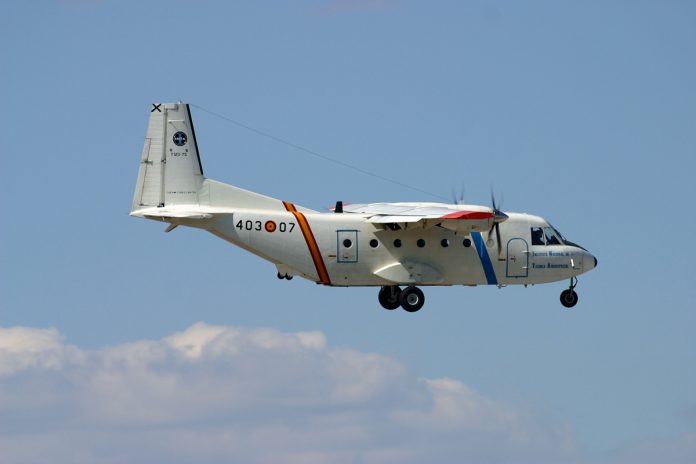Philip R.A. Brown from EUFAR AISBL at the UK’s Met Office takes us on a journey to explore the exciting future of airborne environmental research in Europe today
Instrumented aircraft are an important scientific tool, allowing researchers to observe the atmosphere and land and ocean surfaces in support of a wide range of applications in the environmental sciences. EUFAR – the European Facility for Airborne Research – promotes collaboration between the operators and scientific users of research aircraft, seeking to broaden access and improve efficiency in the use of these resources.
EUFAR (www.eufar.net ) has been supported by the 7th FrameworkProgramme (FP7) of the European Commission. It combines 24 European institutions and organisations involved in airborne research, operating 19 instrumented aircraft and 5 remote-sensing instruments, providing a broad measurement capability.
There is a long history of airborne observational research contributing incremental developments in the scientific understanding of earth-system processes. These developments have proceeded in parallel with similar developments in the capabilities to observe these processes on a global scale from space and to model them in operational Numerical Weather Prediction (NWP), climate and Earth-System models.
The fields of science that are impacted by an airborne research observing capability are very broad and span the atmosphere, ocean, land surface and biological systems. Maintaining access to a broad range of airborne observing facilities is critically important to our future ability to study processes in the environment and to develop and use the models that will, for example, be used to study mitigation strategies in a changing climate.

EUFAR AISBL
A key outcome of the present consortium has been the agreement of several leading partners to constitute EUFAR as an international non-profit association (AISBL). This organisation will provide a framework for European collaboration in airborne science beyond the framework of funding from the European Commission. The objectives of the AISBL are broadly the same as the present consortium, namely to:
- Develop open access to national facilities, broadening the scientific user base and providing users with access to a facility best suited to their scientific requirements;
- Improve the quality of the services provided by aircraft and instrument operators by strengthening expertise through knowledge exchange;
- Develop and maintain a central database of airborne data and the standards for this database to be interoperable with other environmental science and Earth observation databases;
- Support joint instrumental research activities centred on the development of improved data processing and calibration techniques;
- Promote the use of research aircraft and instruments by providing education and training courses on airborne research topics and;
- Support innovation in airborne research, working with industry to transform airborne research instruments, methodologies and software into new products and services.

Membership of the AISBL is open to any institution with a scientific or technical interest in the development and application of airborne facilities in environmental research. The founding members of the AISBL includes eight different organisations in six European countries:
- VITO, Belgium;
- CzechGlobe, Czech Republic;
- CNRS, France;
- Météo-France, France;
- ONERA, France;
- DLR, Germany;
- University of Warsaw and;
- Met Office, UK.
In addition, INTA (Spain), CNR (Italy), Free University of Berlin (Germany) and Tel Aviv University (Israel) are well-advanced on the formal path to membership, and other organisations in the UK, Romania and Greece have expressed an interest in membership.
The airborne research community is widely spread across national meteorological services, other national public research centres, universities and SMEs. Any interested organisation that is unable to participate in the AISBL as a fee-paying member can do so as a partner. Partners will be able to participate in AISBL activities and attend its meetings but without a role in the formal governance of the association.
EUFAR AISBL actively welcomes wider participation in its activities. Any organisation wishing to join EUFAR AISBL in future, either as a member or partner should contact the Executive Board Chair in the first instance.
EUFAR AISBL facilities and capabilities
EUFAR AISBL members will provide access to several leading airborne research facilities (both aircraft and instrumentation). These include:
- BAE-146, Facility for Airborne Atmospheric Measurements (FAAM), UK;
- Falcon-20, HALO and Do-228, Deutsches Zentrum für Luft- und Raumfahrt (DLR), Germany;
- ATR-42 and Falcon-20, Service des Avions Francais Instrumentés pour la Recherche en Environnement (SAFIRE), France and;
- CASA-212, Instituto Nacional de Tecnica Aeroespacial (INTA), Spain.
Other aircraft and instruments operated both within the AISBL and by other institutions in Europe can be viewed on the EUFAR website (www.eufar.net).
These provide state-of-the-art measurements, both in-situ and remotely-sensed, that cover a broad range of scientific applications that include but are by no means limited to:
- Atmospheric aerosol physical, chemical and optical properties;
- Cloud microphysics and precipitation development;
- Atmospheric trace gases and their evolution;
- Atmospheric radiative transfer and spectroscopy, from visible to sub-millimetre wavelengths, including the development of measurement capabilities for future space-borne application;
- Vegetation studies including responses to environmental stress factors;
- Soils and mineral characterisation;
- Physical and biological processes in rivers, lakes and inshore waters;
- Energy exchange processes at the land and ocean surfaces;
- Cryospheric processes;
- Calibration and validation of space-borne measurements.

Links to other European environmental research infrastructure activities
It is very common that airborne measurements are combined with those from ground-based or ship-borne platforms as part of joint observing campaigns at both national and international level. Scientific users of airborne data will be assisted in their efficient exploitation of these facilities when common approaches to data and metadata formatting, storage and access are used by the different observing infrastructures.
ENVRIplus (www.envriplus.eu) is a Horizon 2020 project bringing together Environmental and Earth System Research Infrastructures, projects and networks together with technical specialist partners to create a more coherent, interdisciplinary and interoperable cluster of Environmental Research Infrastructures across Europe.
EUFAR is represented in its governing board and will work closely with related infrastructures in the atmospheric, ecosystem and oceanic domains to maximise the benefits of the large investments that are required to provide and maintain world-class airborne observing facilities in Europe.
Please note: this is a commercial profile
Philip R.A. Brown
Executive Board Chair
EUFAR AISBL
Met Office
Tel: +44 (0)1392 886 740











